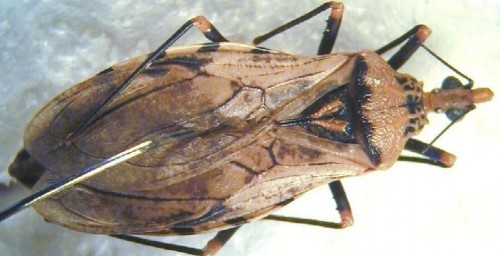Suchada Sumruayphol a , Chamnarn Apiwathnasorn a , Jiraporn Ruangsittichai a ,
Patchara Sriwichai a , Siriluck Attrapadung a , Yudthana Samung a , Jean-Pierre Dujardin b,∗
a
Department of Medical Entomology, Faculty of Tropical Medicine, Mahidol University, Bangkok, Thailand
b
Unité Mixte de Recherche 177-Interactions Hôte-Vecteur-Parasite-Enrironnement dans les Maladies Tropicales Négligées dues aux Trypanosomatidés,
Centre International de Recherches Agronomiques pour le Développement (CIRAD), Institut de Recherches pour le Développement (IRD), Campus
international de Baillarguet, Montpellier, France
a b s t r a c t
Aedes aegypti (Diptera: Culicidae) (L.), Ae. albopictus (Skuse), and Ae. scutellaris (Walker) are important mosquito vectors of dengue and chikungunya viruses. They are morphologically similar and sympatric in some parts of their distribution; therefore, there is a risk of incorrect morphological identification.
Any confusion could have a negative impact on epidemiological studies or control strategies. Therefore, we explored two modern tools to supplement current morphological identification: DNA barcoding and geometric morphometric analyses. Field larvae were reared to adults and carefully classified based on morphological traits. The genetic analysis was based on the 658 bp each of 30 COI sequences. Some Culex spp., Mansonia bonneae, were included as outgroups, and inclusion of a few other Aedes spp. facilitated phylogenetic inference of the relationship between Ae. albopictus and Ae. scutellaris. The two species were separated by an average interspecific divergence of 0.123 (0.119–0.127). Morphometric examination included landmark- (392 specimens) and outline-based (317 specimens) techniques. The shape of the wing showed different discriminating power based on sex and digitizing technique. This is the first time that Ae. scutellaris and Ae. albopictus have been compared using these two techniques. We confirm that these morphologically close species are valid, and that geometric morphometrics can considerably increase the reliability of morphological identification.
